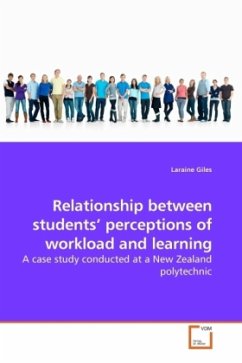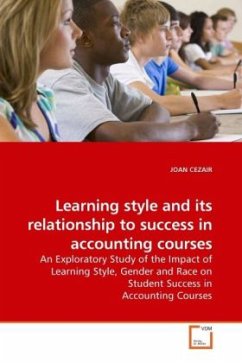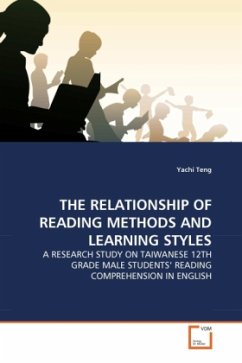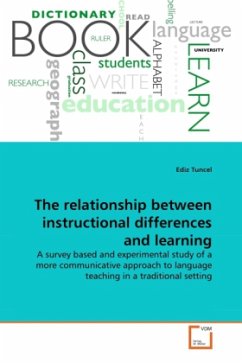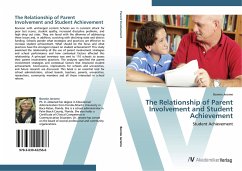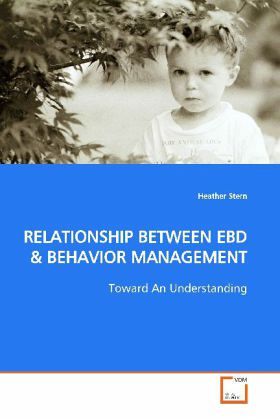
RELATIONSHIP BETWEEN EBD
Toward An Understanding
Versandkostenfrei!
Versandfertig in 6-10 Tagen
32,99 €
inkl. MwSt.

PAYBACK Punkte
16 °P sammeln!
Forty to fifty percent of teachers leave theprofession within the first five years because ofstudent behavior problems. As inclusion continues tobe the placement option in which teachers areexpected to incorporate all students in theirclassrooms, creating new challenges for regulareducation teachers. Despite the move towardsinclusion, many children with emotional behaviordisorders (EBD) continue to be excluded; of thestudents labeled as EBD, 44% are segregated intospecial education classes. Because this disorder is adisability with many characteristics and riskfactors, both regular education a...
Forty to fifty percent of teachers leave the
profession within the first five years because of
student behavior problems. As inclusion continues to
be the placement option in which teachers are
expected to incorporate all students in their
classrooms, creating new challenges for regular
education teachers. Despite the move towards
inclusion, many children with emotional behavior
disorders (EBD) continue to be excluded; of the
students labeled as EBD, 44% are segregated into
special education classes. Because this disorder is a
disability with many characteristics and risk
factors, both regular education and special education
teachers need to develop an understanding to
successfully integrate students with EBD in the
classroom setting. General classroom or behavior
management is another aspect to successful inclusion.
Student-teacher relationships have been identified as
the key to successfully include students with EBD in
the regular education classroom.
profession within the first five years because of
student behavior problems. As inclusion continues to
be the placement option in which teachers are
expected to incorporate all students in their
classrooms, creating new challenges for regular
education teachers. Despite the move towards
inclusion, many children with emotional behavior
disorders (EBD) continue to be excluded; of the
students labeled as EBD, 44% are segregated into
special education classes. Because this disorder is a
disability with many characteristics and risk
factors, both regular education and special education
teachers need to develop an understanding to
successfully integrate students with EBD in the
classroom setting. General classroom or behavior
management is another aspect to successful inclusion.
Student-teacher relationships have been identified as
the key to successfully include students with EBD in
the regular education classroom.





